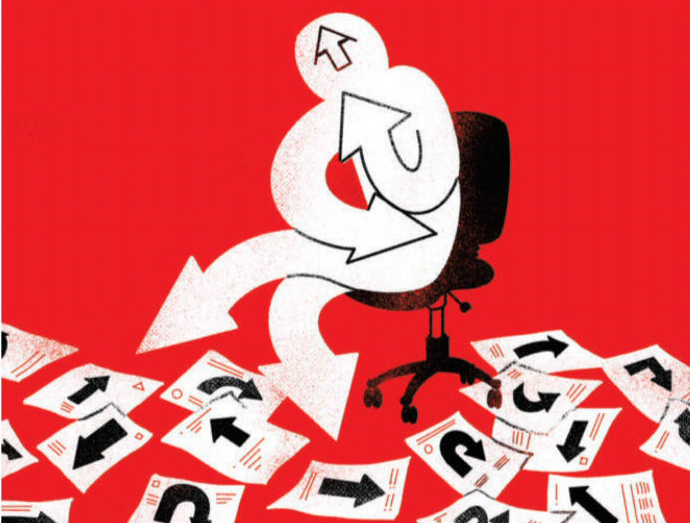Finance & economics
財經板塊
The uncertain economic recovery: Mixed messages
不確定的經濟復蘇:信息混雜
Depending on where you look, the economic recovery is either on track or in trouble
世界上不同地區的經濟要么正在恢復,要么還深陷泥沼
SO MUCH IS unfamiliar about the pandemic that it has never been easy to make sense of what is going on. Yet in recent days uncertainty has gone into overdrive. Stockmarkets are volatile; uncertainty about the path of inflation and labour markets is high. The fate of the economic recovery seems to hinge on the answers to a number of big questions. Will the spread of the Delta variant of the coronavirus derail the global recovery? Will underlying weaknesses be revealed as governments unwind stimulus? How enthusiastic are households and firms about spending? But the answers are unclear. And four gauges of the recovery—market prices, “high-frequency” activity indicators, hard data and economists’ forecasts—are all giving mixed signals.
關于疫情,仍然有很多未解之謎,想要弄清楚現在正在發生著什么,并非易事。但近來,不確定性色彩越來越濃烈。股市反復無常;通貨膨脹和勞動力市場也變化莫測。經濟復蘇的命運似乎取決于幾個重要問題的答案。新冠病毒變異毒株德爾塔的傳播是否會拖垮全球經濟的復蘇?政府出臺的刺激措施是否會暴露潛在的風險?百姓和企業對花錢的欲望有多強?這些問題的答案都模糊不清。經濟復蘇的四大指標——市場價格、“高頻”活動指標、硬數據以及經濟學家的預測——所釋放的信號都模棱兩可。

Start with markets. America’s Treasuries are a haven in uncertain times. In March investors sold them off as they took fright at rising inflation, pushing the ten-year Treasury yield up to 1.7%. But it has slowly slipped back since, as doubts about the continued strength of the economic recovery have taken hold. The growth scare seemed to intensify on July 19th, when the ten-year yield dipped to 1.19%. The S&P 500, America’s main stock index, fell by 1.6%, with smaller companies hit hardest. Commodity prices also took a knock. That of Brent crude oil fell by 7% to $69 a barrel. The dollar strengthened against other rich-world currencies.
首先來看看市場。在不確定時期,美國的國債是一個避風港。3月份,由于擔心通貨膨脹加劇,投資者紛紛拋售國債,將10年期國債收益率推高至1.7%。但自那以后,隨著人們對經濟復蘇的持續力度產生懷疑,國債收益率開始緩慢回落。7月19日,當10年期國債收益率跌至1.19%時,人們對增長的恐慌似乎加劇了。美國主要股票指數標準普爾500指數下跌了1.6%,其中小企業受到的打擊最大。大宗商品價格也受到了沖擊。布倫特原油價格下跌7%,每桶降至69美元。美元對其他發達國家貨幣走強。
All this seems consistent with concerns about the recovery and, in particular, a reassessment of what is known as the “reflation trade”, where investors buy assets most likely to benefit from an economic upswing. Yet by the next day the growth scare had seemingly blown over. Stockmarkets reversed their fall. The oil price and bond yields recovered a little.
所有這些似乎都與對經濟復蘇,尤其是重新評估所謂的“通貨再膨脹交易”——投資者購買最有可能從經濟增長中受益的資產——的擔憂相一致。然而,到第二天,增長恐慌似乎已經消散。股票市場扭轉了跌勢。油價和債券收益率略有回升。
譯文由可可原創,僅供學習交流使用,未經許可請勿轉載。











